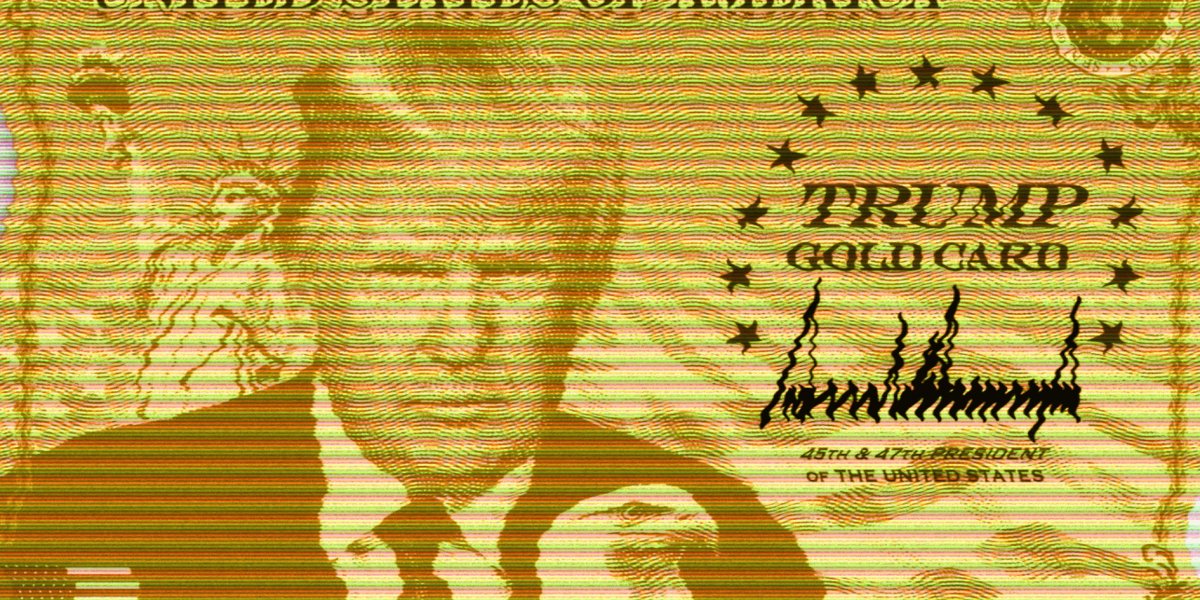Trump Gold Card: A $1 Million Donation for a Fast-Track Green Card

Index
- Will the Gold Card Replace EB-5?
- Who Can Apply for the Gold Card?
- Global Competitiveness and Talent Concerns
- The Future of the Gold Card
- Need Legal Guidance? (Next Steps)
President Donald Trump signed a presidential proclamation launching the new ‘Gold Card’ immigration program. Under this order, foreign investors who donate $1 million will be eligible for expedited U.S. permanent residency (a Green Card). For corporate-sponsored applications, the donation amount rises to $2 million.
| Individual application | $1 million donation in exchange for an expedited Green Card |
| Corporate application | $2 million donation if a company applies on behalf of an employee |
| Visa classification | To be processed under EB-1 / EB-2 categories |
| Platinum Card option | $5 million donation provides long-term residency (270 days) per year, along with tax advantages on non-U.S. income. |
| Administration | Managed by the U.S. Department of Commerce, with applications reviewed on a priority basis |
Note: For more details, application steps, and updated requirements, please refer to the official Trump Card website.
Will the Gold Card Replace EB-5?
Naturally, the Gold Card is being compared to the EB-5 Immigrant Investor Program. However, there are major differences.
Job creation requirement: EB-5 investors must create at least 10 full-time jobs in the U.S. No such requirement exists under the Gold Card.
Investment risk: EB-5 involves investing in U.S. commercial projects, with investors bearing profit or loss risk. The Gold Card is a pure donation, with no financial return expected.
Legal framework: EB-5 was created by Congress and is a legislated immigration pathway. The Gold Card, by contrast, was announced via presidential proclamation, raising questions about its legal validity.
Experts agree that the Gold Card cannot fully replace EB-5 due to constitutional limits. However, by targeting the same investor pool, the Gold Card could compete directly with EB-5 projects. Consequently, many expect high-quality EB-5 projects to fill up quickly in the coming months.
If you are considering an EB-5 investment, do not delay. Contact us today to evaluate your case.
For a detailed guide, see our article: What Is the EB-5 Visa and How to Apply? 2025 Guide
Who Can Apply for the Gold Card?
According to official documents, applicants must:
Meet admissibility requirements for U.S. immigrant visas
Provide necessary documentation and pass background screening
Make the required donation ($1M for individuals or $2M for corporate-sponsored cases)
Qualify under EB-1 or EB-2 standards (e.g., extraordinary ability, national interest waiver)
Spouses and unmarried children under 21 can be included and benefit from the program as dependents.
Global Competitiveness and Talent Concerns
While the Gold Card may appeal to ultra-wealthy investors, critics note that it does nothing to address America’s ongoing skilled labor shortages. Employers in technology, healthcare, and research still rely on traditional employment-based visas such as the H-1B, O-1, EB-1A, and EB-2 NIW to attract international talent.
Meanwhile, countries such as Canada, Australia, and the United Kingdom are aggressively courting skilled professionals by offering easier immigration processes. If the U.S. shifts its focus from skills to wealth, it risks losing its competitive edge as highly educated workers may choose faster and more affordable options abroad.
The Future of the Gold Card
The program has already caused controversy by offering permanent residency "through donation." Critics argue that this undermines the EB-5 system, which directs investments toward job-creating projects. Without EB-5 investors, large-scale developments such as hotels and hospitals could stall, threatening thousands of American jobs.
Another major concern is legality. Under the U.S. Constitution, only Congress can create new visa categories. Because the Gold Card was introduced through a presidential proclamation and is managed by the Commerce Department rather than DHS or USCIS, experts question whether it can withstand legal scrutiny or political challenges.
Visa quotas further complicate the picture. EB-1 and EB-2 categories are capped at about 40,000 visas annually with a 7% per-country limit, already producing significant backlogs. Adding Gold Card applicants could extend wait times, particularly for nationals of high-demand countries such as India and China.
Officials have indicated that applicants will undergo strict vetting and that donations from questionable sources could be denied, though the exact procedures have not been finalized. Public opinion has already been critical, portraying the initiative as a "pay-to-play" scheme that benefits the wealthy. Senator Dick Durbin (D-Ill.) even described it as ‘rolling out the red carpet for Russian oligarchs and cartel bosses.
Need Legal Guidance? (Next Steps)
Although the future of the Gold Card program remains uncertain, experts agree that it represents a unique opportunity for investors seeking expedited U.S. permanent residency. The program's ultimate outcome depends on legislative approval, judicial review, and the broader political climate. However, its potential benefits are drawing significant attention.
If you are considering the Gold Card program or alternatives like the EB-5 Immigrant Investor Program, Gozel Law’s experienced team can help you evaluate your options and guide you through the process.
Disclaimer: This article summarizes recent reports and expert commentary about the Trump Gold Card program. The opinions and quotes included here are those of the cited sources and do not represent the views of Gozel Law. The program remains subject to change, and rules are not finalized.
For reliable updates, follow official U.S. government announcements, and if you have questions about your immigrations options, reach out to Gozel Law for professional guidance.
There are no comments yet. Be the first to comment!